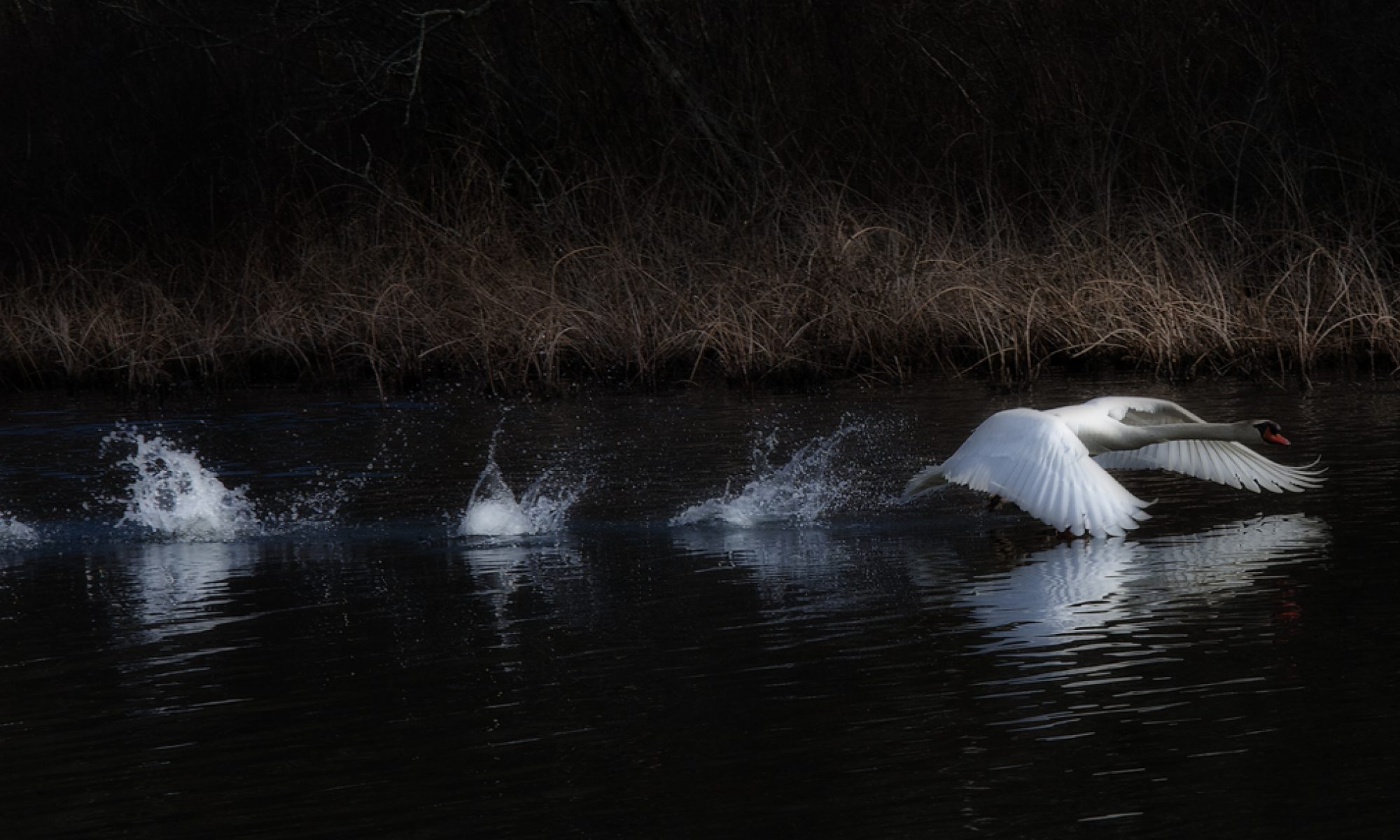In 2002, the hit series Forensic Files featured the first case where Diatom evidence was used to place a suspect at the scene of the crime. The episode was called Reel Danger. Check it out
Diatoms are unicellular algae which form distinct and beautiful cell walls from silica. They are widely distributed throughout the upper layers of the oceans of the world, and can also be found in fresh water or moist environments, such as the undersides of plants. There are over 16,000 recognized diatom species, with many more being constantly identified. Because diatoms are so plentiful, they form an important part of the pelagic food chain, serving as a food source for most of the animals in the ocean, either directly or indirectly. which form distinct and beautiful cell walls from silica. They are widely distributed throughout the upper layers of the oceans of the world, and can also be found in fresh water or moist environments, such as the undersides of plants. This group of unicellular, photosynthetic microorganisms is well-known for a wondrous, intricate architectural beauty. However, there is more to a diatom than simply its pretty face. As a major branch in the tree of life, over the past 250 million years from a mosaic of genetic sources it has evolved molecular metabolic machinery adaptive to a variety of circumstances, and it has generated a species diversity rivaling that of flowering plants. Diatoms have evolved to become important local and global players in recycling life’s critical nutrients, influencing the composition of the earth’s environments and powering the planet’s aquatic ecosystems, as well as elucidating their history. This web site focuses on their evolution and ecology.
Tap the gear icon for higher quality video

